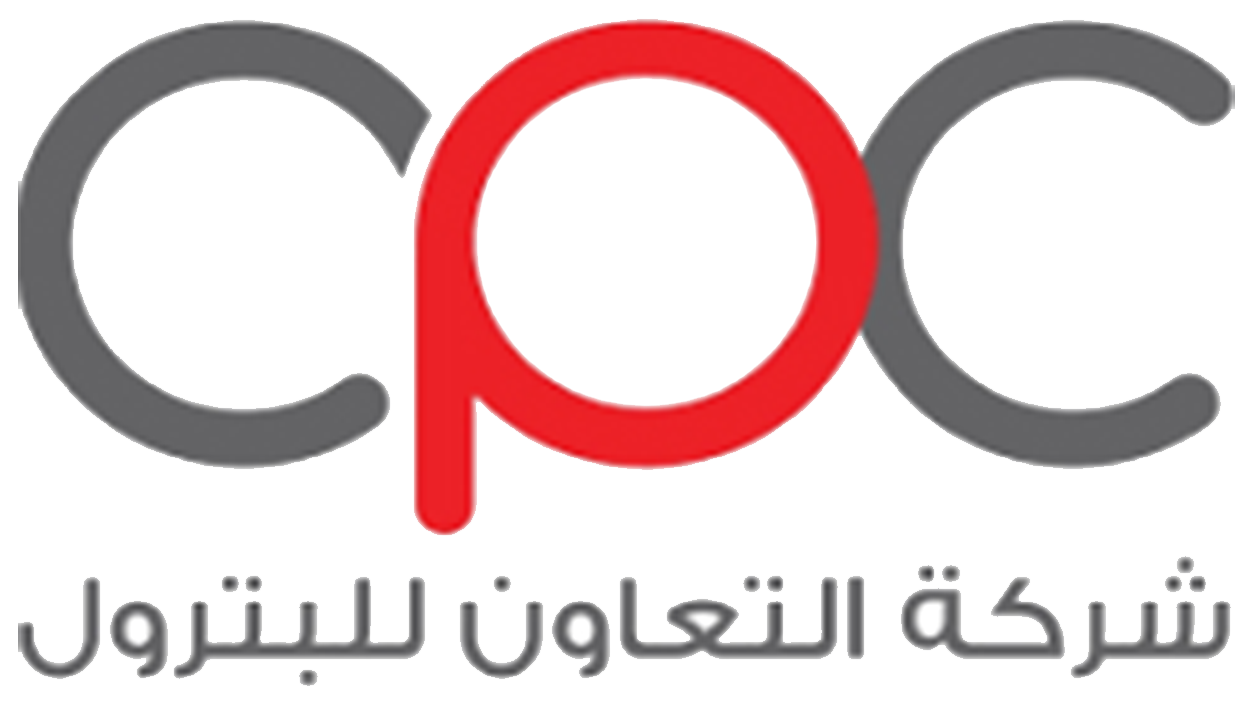Dr. Gamal Al-Qalyoubi writes: The Gulf of Suez and the oil reserve
Dr. Gamal Al-Qalyoubi writes: The Gulf of Suez and the oil reserve
The Gulf of Suez region still represents the biggest challenge to the Egyptian oil production map. This pivotal strip surrounds one of the most important gulfs of the Red Sea, as the Gulf of Suez is the Egyptian expanse of this geological structure that has received a continuous share of earth movements and tectonic earthquakes throughout the different geological eras. This effect appears in the successive layers and faults and the repetition that appears in the sections of the layers. The geological structure of the Gulf of Suez represents a group of layers attributed to places and regions in Egypt. Discoveries began early in Egypt in the Gemsa area in 1905 during the search for sulfur,Egypt did not understand the search, exploration and drilling operations in the Gulf of Suez area until after the July 1952 revolution, when the first agreement represented in Law 66 of 1953 were implemented. The Italians succeeded in discovering the Balyim land and marine concessions in 1957. Production operations began through the Eastern Company, followed by economic discoveries in the late seventies on the other bank of the Balyim areas, where the American company called Amco began discovering many marine fields, most grand fields like October, Ramadan, July and Ras Gharib . The Egyptian petroleum sector, in its prime in the eighties and mid-nineties, made great efforts to extend pipelines to collect the produced petroleum. Production capacities from the Gulf of Suez areas reached about 940 thousand barrels per day in the mid-nineties. At that time, the Gulf of Suez Petroleum Company was producing about 650 thousand barrels per day, and the Balyim Petroleum Company in Sinai is about 280 thousand barrels per day, and with the huge flow of oil production that represents the lifeblood of Egypt at this time, there was a generation of reservoir engineers and petroleum engineering who practiced daily and annual dealings with the levels of reservoir efficiency at this time, headed by Dr. Hamdi Al-Bambi and Dr. Farouk Qanawi, may God have mercy on them, who had the experience and understanding of the engines of giant interpretations in reservoir fields, which allowed the continuation of intelligent dealing to maintain the reserve and the target of daily production. On the other side of the Gulf of Suez, the Suez Oil Company(Suco) appeared in the areas of Jabal Al-Zeit and Ras Badran, and there was a generation practicing monitoring those reservoirs, such as the genius Engineer Ibrahim Saleh and Engineer Hamed Al-Ahmadi, may God have mercy on him, who created simulation models for petroleum engineering using the technology of artificial lifting of crude and raising production capacities in the companies of Suco and Agiba Petroleum companies .In consequences, side of the Gulf that Petrobel Company maintained production capacities with a policy of remediating reservoirs with follow-up and understanding from one of the most important engineers skilled in this time was Engineer Ibrahim Al-Shafei, I remembered him in one of the conferences of the American Petroleum Association in 1996, he interrupted Mr. Croff, generic author of the book Reservoir Science, discusses the theory of the absolute equation in calculating the quantities produced from the reservoir, away from the author’s equations for his volumetric and balanced theories, which means that those experts that I have listed now represented science, follow-up, implementation, research and innovation.
These people gave Egypt a share of experience, understanding and decision-making that made the partners, whether Italian, American or German at that time, trust the management of reservoirs and the decision-makers from the heads of the boards of directors of all those companies. I used to hear from foreigners the extent of their amazement at the Egyptian petroleum personality and its ability to plan and manage reservoirs efficiently, which made these foreigners write books and volumes for their companies from the theories of experience and successful research that were invented and implemented by Egyptian reservoir engineers.
The current production map of the Gulf of Suez with all its companies, whose production does not exceed 21% of the total Egyptian production, after its production represented the lead, and it seems that the decrease in production was primarily when we wanted to raise the capacities of the reservoirs by increasing drilling operations and diversifying the forms of drilling directional wells, and by increasing the number of wells, the average production decreases, but let us stop for a while and list some solutions that we hope will be close solutions for the listeners. We must re-form a geological correlation sector that collects the sections for all the wells that were drilled in the companies from the beginning of the Hurghada area to the end of the Gulf at Suez. The goal of this map is to link the layers and clarify the deformations, fractures, salt formations, cracks and their directions, and determine the dimensions of the cavities that contain oil, as well as going to the Eocene rock layers and the sedimentary content in the Post Miocene formation, reviewing the uneconomical raw material accumulations, and by reviewing the wells that were closed as a result of mechanical defects, which number more than 845 wells that can be returned again. By making an opening in its paths or changing its direction, and also many of the marine platforms that have become dilapidated due to their expected age, which can be closed and replaced with new platforms and wells. There are also solutions to create islands from the beach from which we can drill wells and reach new stock and production. There is also a vision of entering areas close to the international shipping line until the water depth reaches more than 95 meters, and areas can be evaluated for it in line with wells such as the well west of Al-Ishraf, which was drilled in the first submerged well head. The Gulf of Suez region needs an organized committee from all companies with the aim of reaching a vision for new reservoirs in one of the most important areas filled with old and modern expertise and data so that we can make a new goal in increasing production....and the rest is coming






